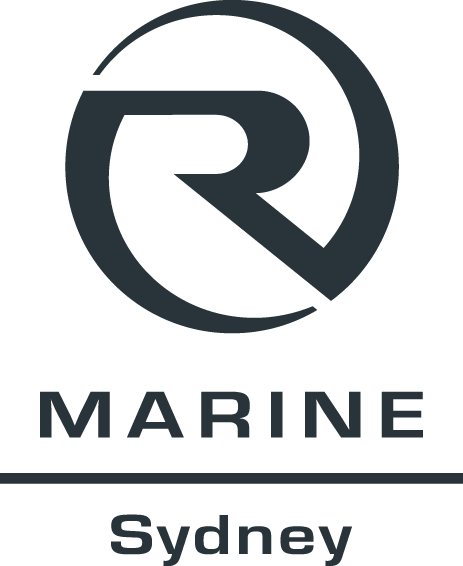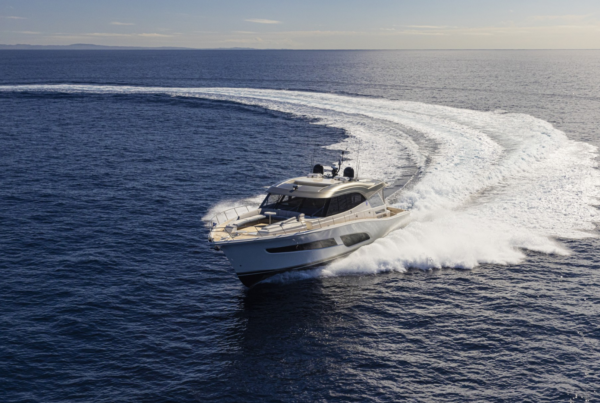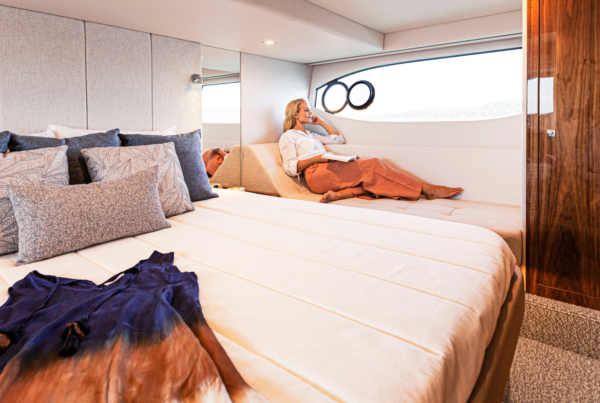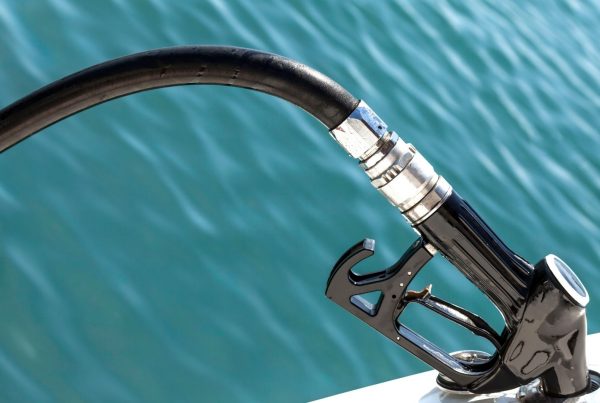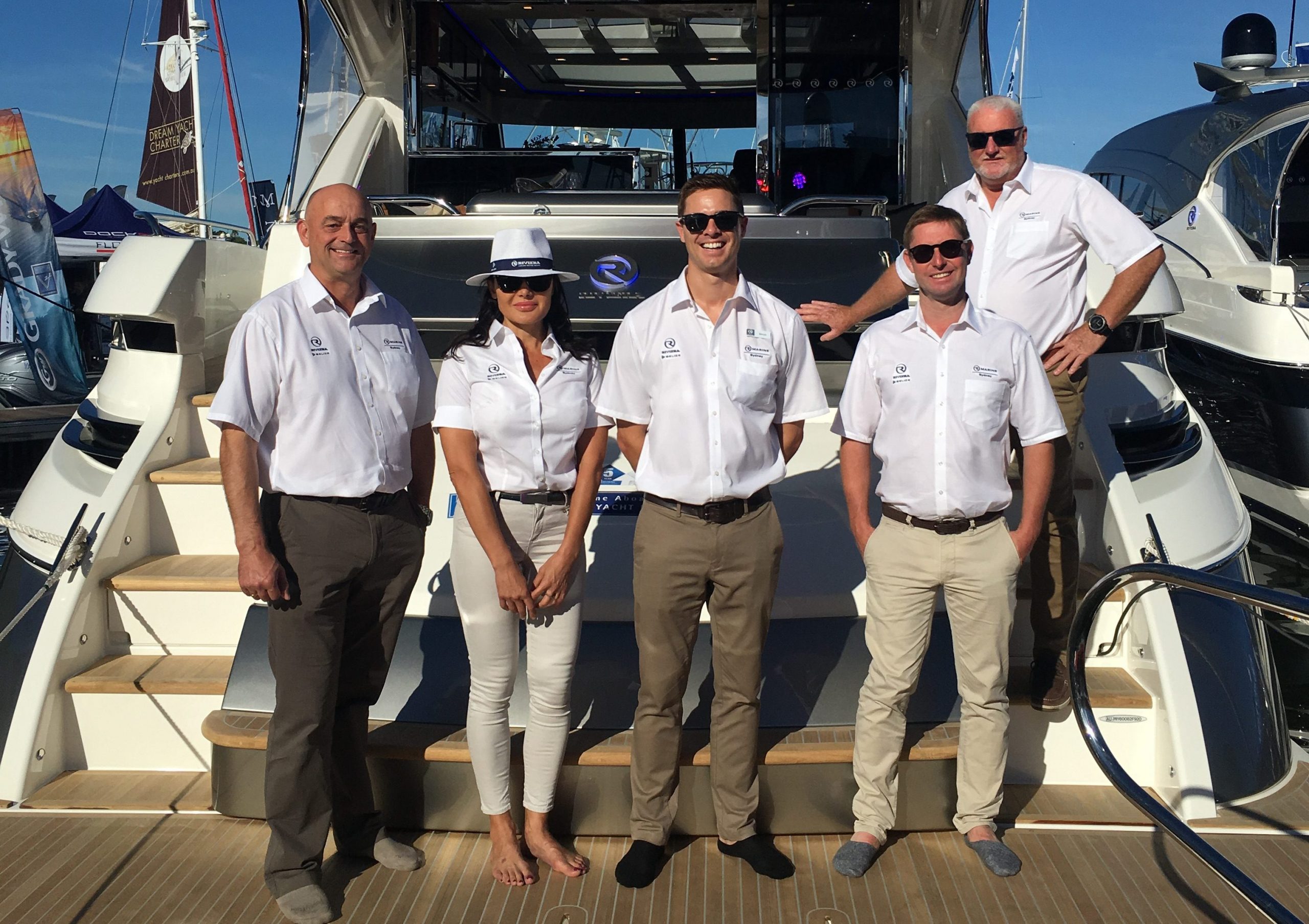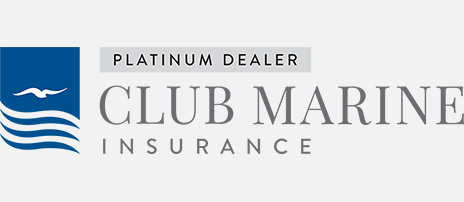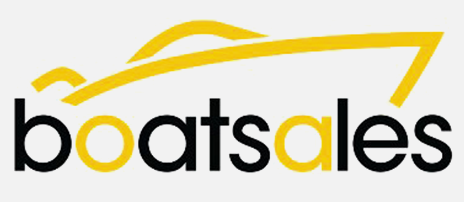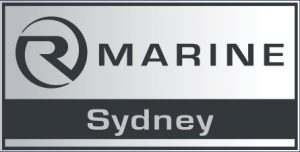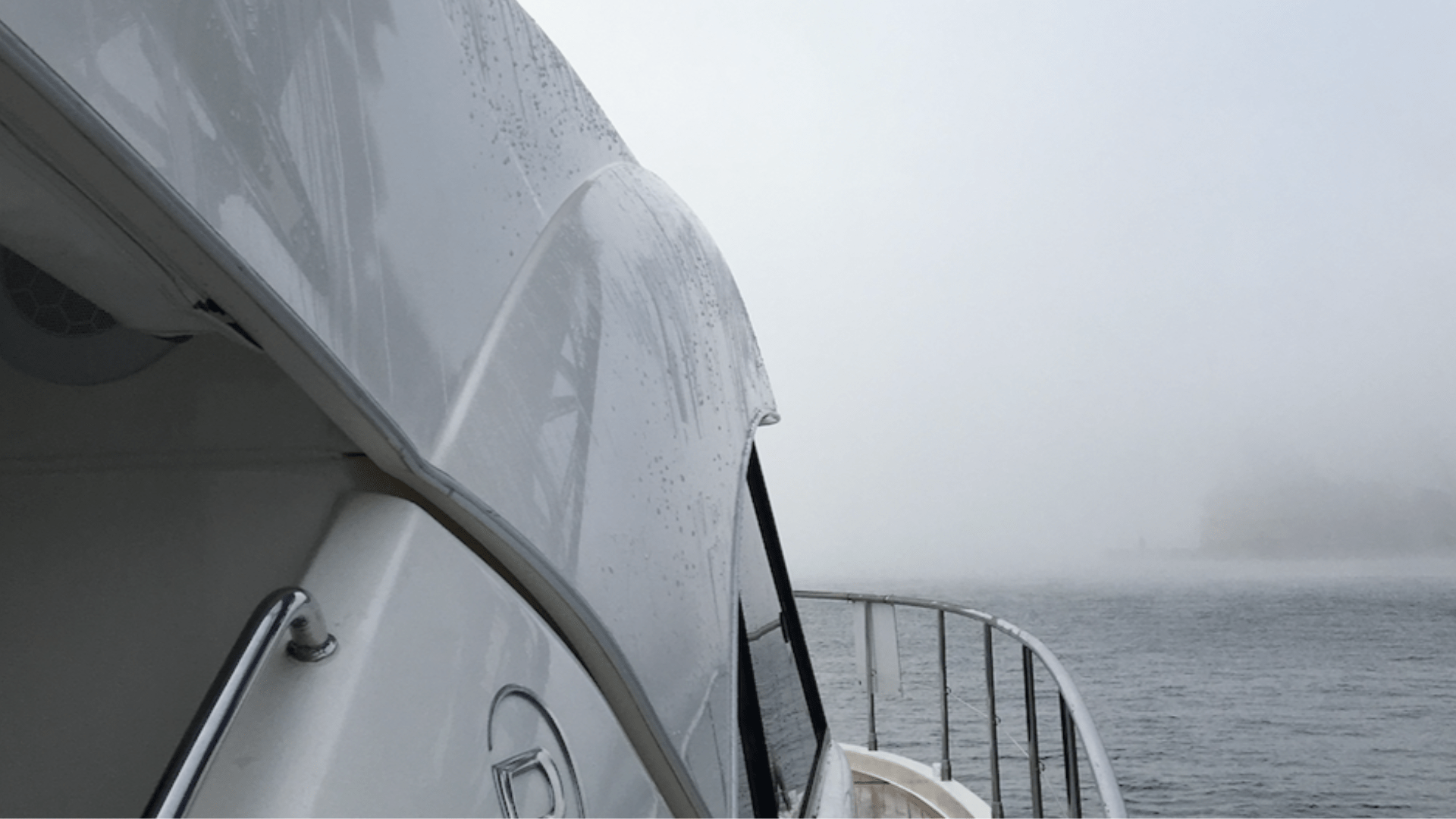
Safety always comes first at R Marine Sydney events on the water. We focus on ensuring minimal risk to vessels on the trip, along with comfort and enjoyment
Preparation, vigilance, and a flexible attitude are the key to handling rough weather while boating. The following tips are essential:
The following tips are essential:
Check Weather Forecasts:
Before heading out, check the weather forecast. Awareness of potential storms, high winds, and other adverse conditions is essential.
Have a Float Plan :
Let someone on land know your boating plans, including your route and expected return time. An emergency response can be sped up if conditions worsen with a float plan.
Maintain Safety Equipment:
Make sure that your boat is equipped with all necessary safety gear, such as life jackets, flares, and first aid kits.
Check the navigation lights on your boat.
Secure Loose Items:
Stow loose items on deck before rough weather hits to prevent them from becoming projectiles. Make sure all hatches and doors are closed and sealed correctly.
Reduce Speed and Adjust Course:
Slow down in rough seas to reduce the impact on your boat. Adjust your course to navigate waves at an angle rather than directly into them for a smoother ride.
Use Trim Tabs:
In rough conditions, adjust trim tabs and use them to stabilise the boat. Trim the boat to maintain optimal performance and stability.
Monitor Fuel Levels:
Plan for unexpected delays due to weather or changes in your route by having enough fuel.
Know Your Limits:
Take into account your skill level, as well as the limitations of your boat. Consider finding a safe harbour if conditions become too hazardous.
Reading the Seabreeze Marine Chart Example:
Even in winds of up to 20 knots, some boats ( depending on their size) can still go out. There will be a lot of swell and rough docking, making the trip uncomfortable.
When planning a trip, we look at the weather charts to determine whether it will be a smooth, easy trip or whether it looks like it could be more uncomfortable or even dangerous
Here is an example of the weather conditions during our cancelled trip to Newcastle last year.
The below chart taken from Sea-breeze shows us three key things:
Wind strength and direction
Swell height and direction
Swell period
If one is unfavourable, such as swell height, the trip may still be fine. In this case, with a Sunday departure planned (or even Monday or Tuesday), we are seeing
Winds 15-20 knots and at times stronger
Wind direction from the South East: we will be travelling South, so expect spray and chop
Swell height 2m from the SSE; once again we’ll be travelling into it
And importantly a short swell period – of only 7-8 seconds. This indicates the time between waves is very short, so expect messy, choppy swell generated by close-range winds. All in all, it appears as though it will be rough and uncomfortable.
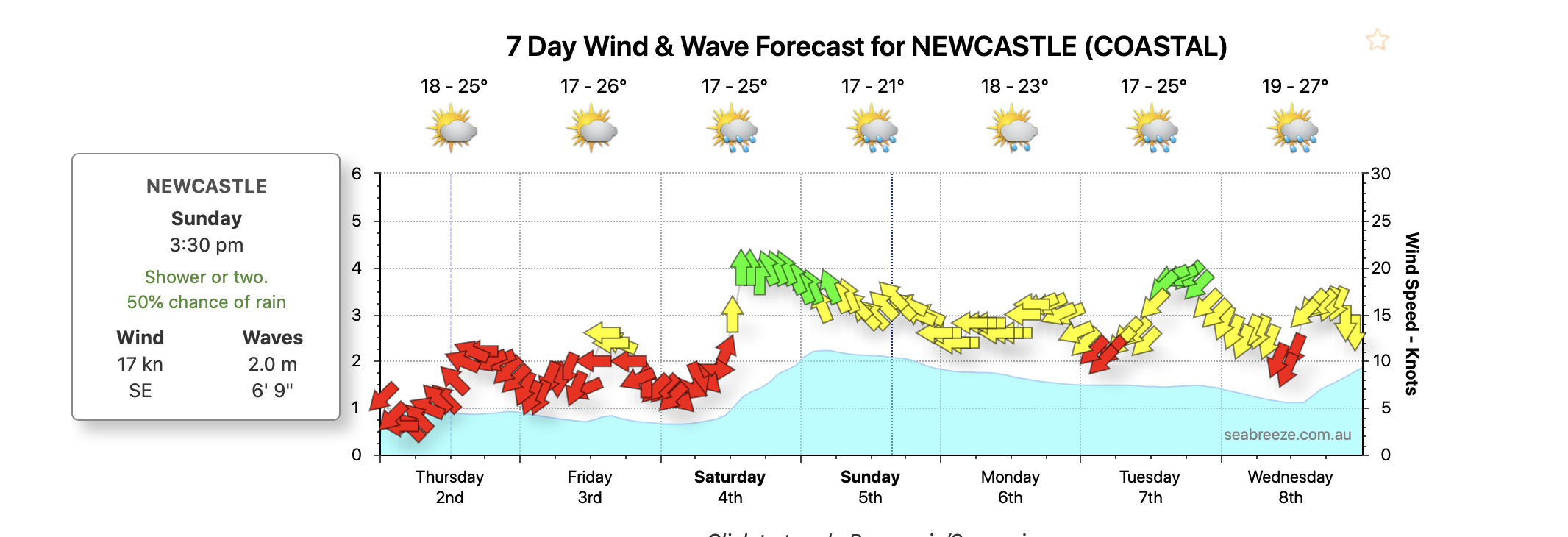

Keep safety at the forefront of your mind at all times. Whenever conditions worsen beyond your comfort level or unexpected challenges arise, it’s prudent to seek shelter until conditions improve.
Skippering skills should be practised:
Take a boating safety course to enhance your ability to handle adverse conditions. Practising maneuvering in rough water in a controlled environment will improve your skills.
For assistance improving your skippering skills, please provide us with your details. One of our team members will contact you shortly.
